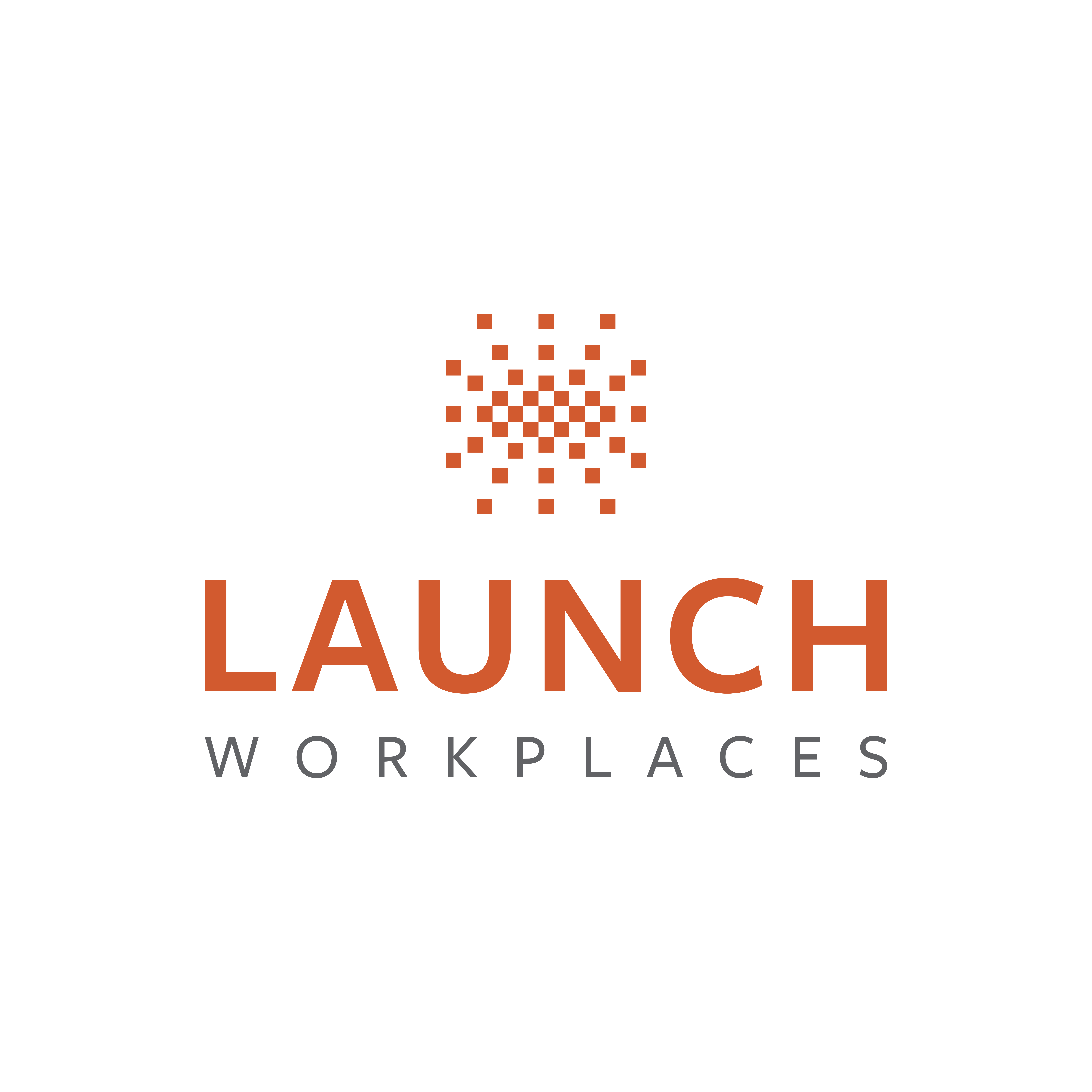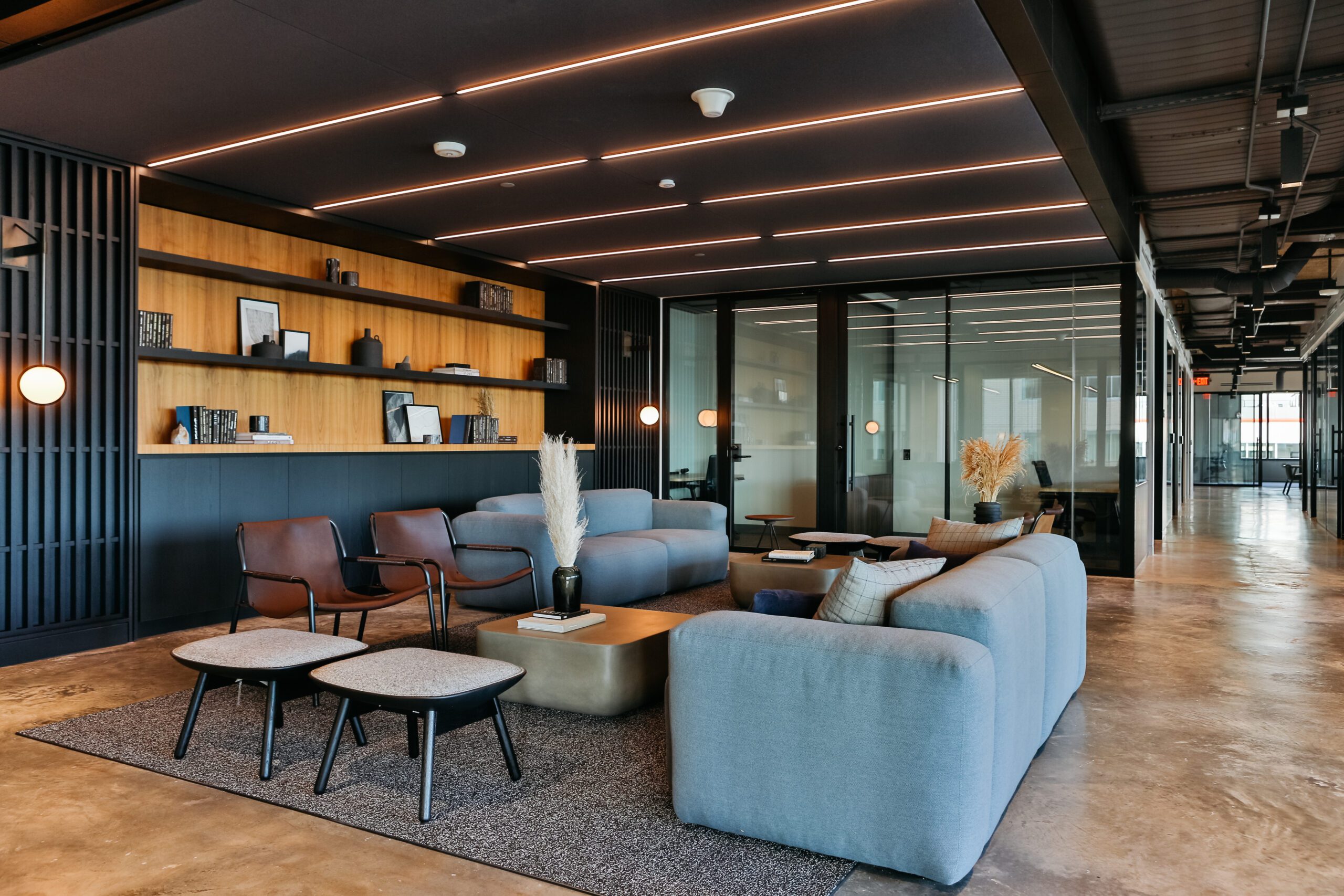
Updated: February 13, 2025
In today’s rapidly evolving business landscape, the traditional office model is giving way to more dynamic and adaptable solutions. Flexible office spaces have emerged as a pivotal response to this shift, offering environments that cater to diverse work styles and changing organizational needs. These spaces are designed to foster collaboration, enhance productivity, and provide the agility required in modern workplaces.
By embracing flexible office spaces, companies can create a more vibrant and efficient work environment that aligns with both employee preferences and business objectives.
What is a Flexible Office Space?
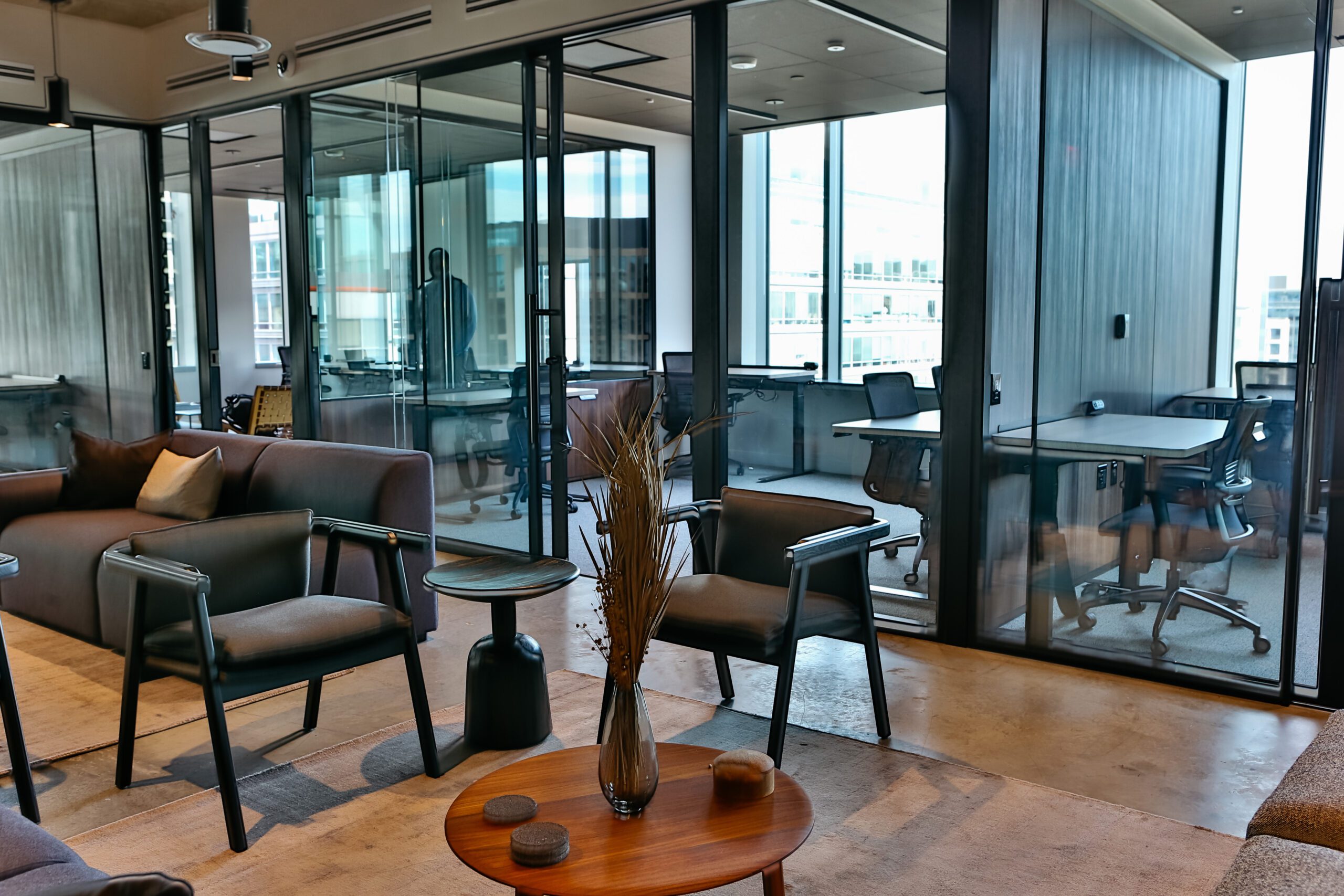
A flexible office space is a modern workplace designed to accommodate changing business needs and employee preferences. Unlike traditional offices with fixed desks and rigid layouts, these spaces offer a mix of open areas, private pods, and reservable workstations. Employees can choose where and how they work based on their tasks, fostering adaptability, collaboration, and productivity.
This dynamic setup allows businesses to optimize space usage while supporting various work styles, including hybrid work. Employees can book desks on demand, find quiet zones for deep focus, or use shared spaces for impromptu meetings. As companies navigate evolving workplace trends, flexible office spaces provide an agile solution that enhances efficiency, engagement, and overall workplace satisfaction.
4 Important Aspects of a Flexible Workspace
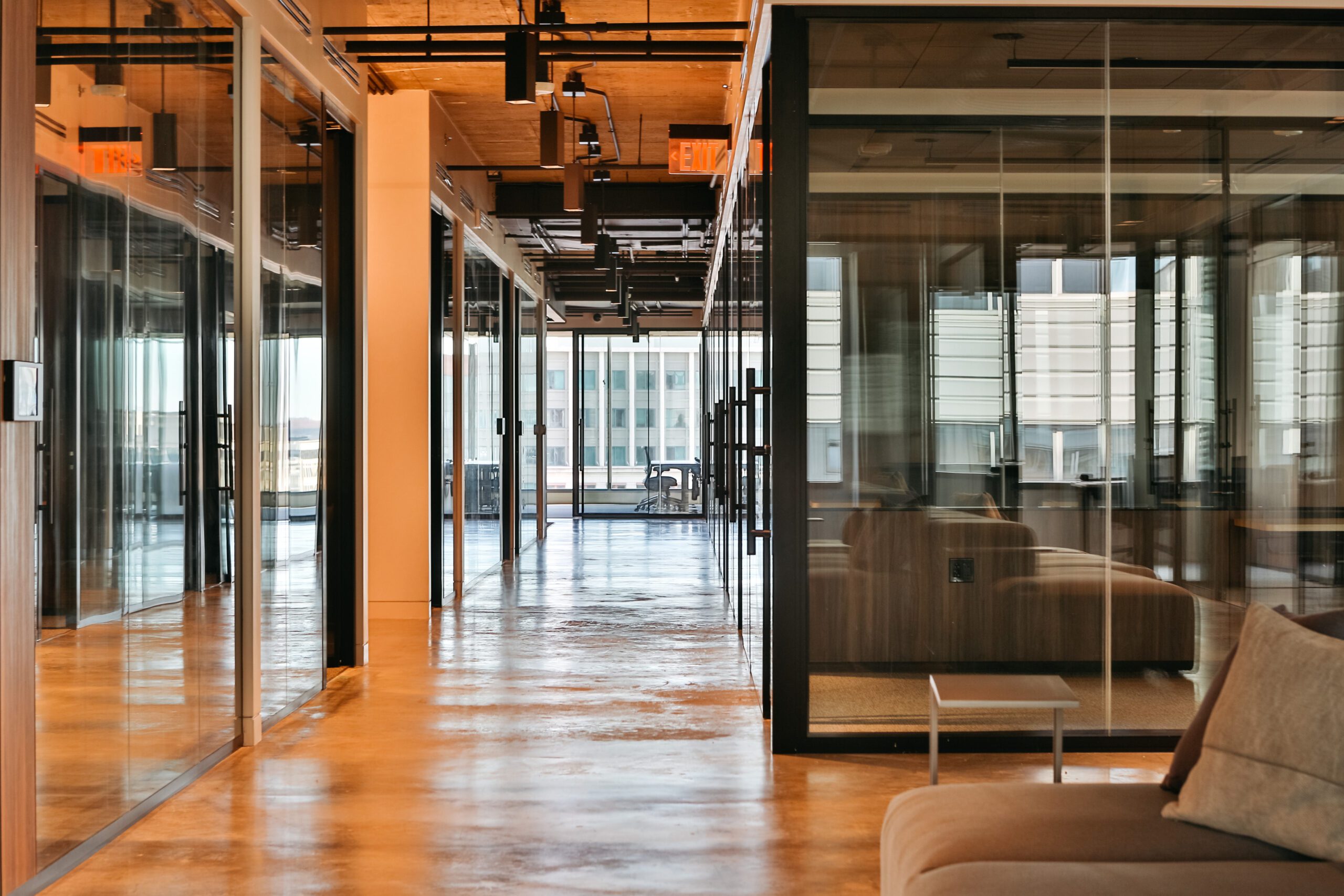
Flexible workspaces are designed to adapt to the diverse and evolving needs of modern businesses and their employees. By incorporating various elements, these environments foster collaboration, concentration, and efficiency. Key aspects include open-plan designs, focus zones, adaptable workstations, and shared facilities.
1. Open-Plan Designs
Open-plan designs eliminate traditional barriers, creating spacious areas that encourage interaction and teamwork. This layout promotes a sense of community and facilitates spontaneous collaboration among team members.
2. Focus Zones
While open spaces are excellent for collaboration, dedicated focus zones are essential for tasks requiring concentration. These quiet areas provide employees with the opportunity to work without distractions, enhancing productivity and work quality.
3. Adaptable Workstations
Adaptable workstations offer flexibility, allowing employees to choose spaces that best suit their current tasks. Whether it’s a standing desk, a comfortable lounge area, or a traditional desk setup, these options cater to various working styles and preferences.
4. Shared Facilities
Shared facilities, such as meeting rooms, lounges, and kitchen areas, are integral to flexible workspaces. They provide communal spaces where employees can gather for meetings, casual discussions, or relaxation, fostering a balanced and inclusive work environment.
What the Stats Say About Hybrid Work
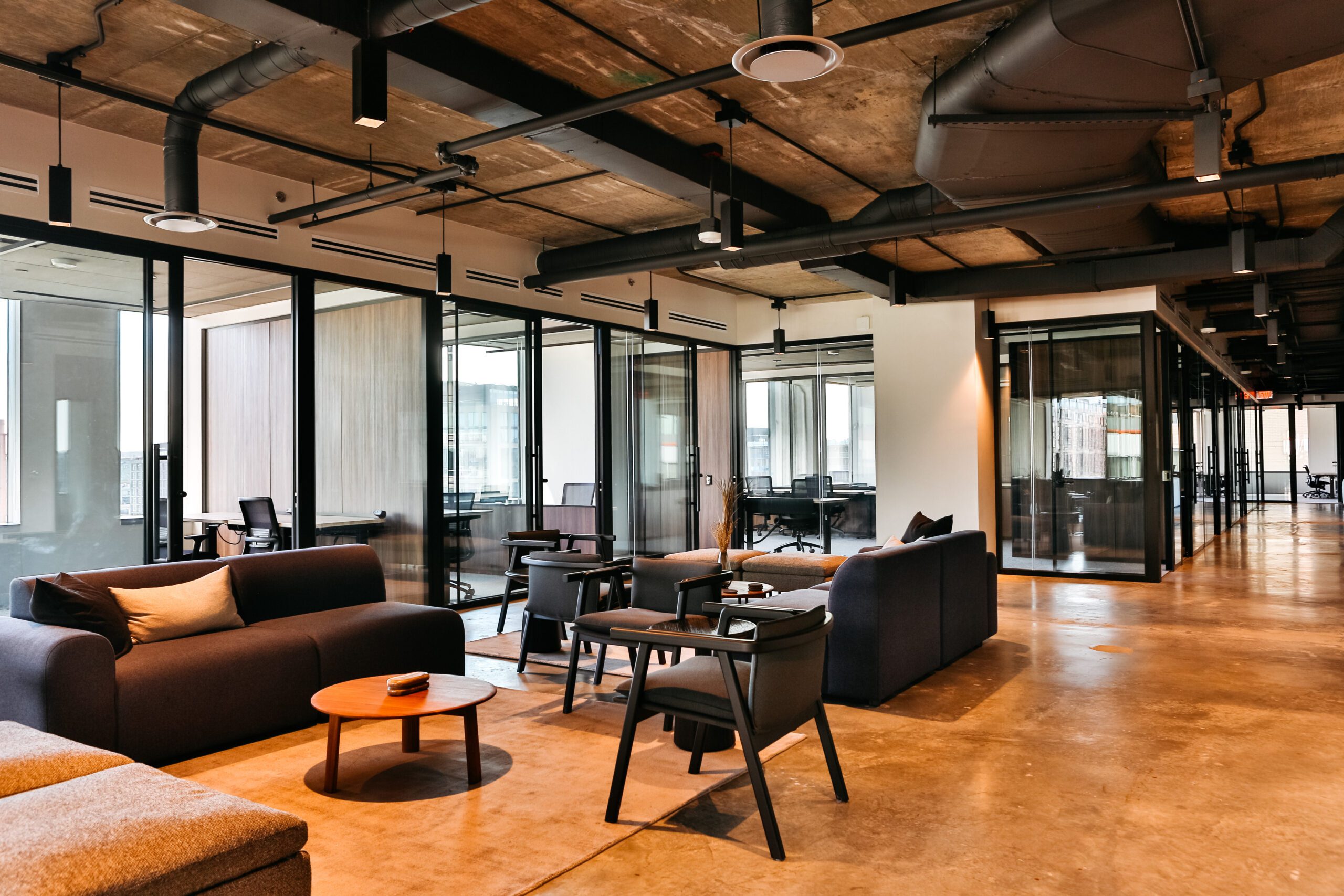
You already know how popular remote and hybrid work is today.
But what exactly do the stats say about it?
JLL’s annual survey in 2022 on the future of work gives some interesting insights. Based on responses from over 1,000 decision-makers in companies across the globe, they found that:
- 77% of respondents agree or strongly agree that remote or hybrid work will be key for talent attraction and retention in the next few years.
- 72% believe that the office is still central to their organization.
- 43% plan to invest in flexible space between now and 2025, with 51% planning to use a third-party provider (e.g., private offices in a coworking space).
McKinsey’s research findings corroborate these insights—40% of survey respondents expected employees to be at work 21-50% of the time, and another 40% of respondents planned for it to be 50-80% of the time.
The vast majority of employers, then, expect employees to be in the office only 2-4 days a week.
This data shows us that employers anticipate a future of hybrid work, but they still need and desire office space. Some of them have already adopted, or plan to adopt, flexible office solutions to meet both needs.
On the employee side, McKinsey’s study shows that 85% of employees working a hybrid schedule want to keep it.
A study by Envoy found that 63% of surveyed employees found flexible work to be empowering, and 34% found the lack of a flexible work policy a deal-breaker to return to their jobs.
Gallup shares a few reasons why employees enjoy hybrid work: avoiding commute time, better overall well-being, and the balance between productivity and connectivity with colleagues.
Overall, data shows that employees want hybrid work, and most employers are responding by implementing it.
So, how are you going to adapt and make the best choices for your team?
The Need for Flexible Offices
The research paints a compelling picture of the need for flexible workspaces in the future.
Traditional office space, with desks for every team member, isn’t necessary for hybrid teams. And yet, there’s still a need for some physical office space for employees to connect in, whether it be a few days a week or a year.
There are a few flexible office options to choose from:
- Downsize your space: Move to a smaller office and implement a desk-sharing schedule as employees rotate through in-person shifts. This may require you to simply sign a new contract at a smaller office space. Alternatively, you can partner with a coworking office like Launch Workplaces and rent a team suite that’s designed for flexibility and offers simple, short-term license agreements.
- Offer choices: Utilize coworking space memberships for employees to have the option to work from home or in a productive shared workspace.
- Book what you need: Use on-demand meeting rooms to periodically bring remote employees together in person for meetings or important project work.
These solutions meet the needs of employers embracing the demand for remote and hybrid work. They still have space to meet when necessary and grow company culture, but can accommodate flexible employee schedules.
Another significant benefit of flexible workspaces is that it’s cost-effective. You’re only using and paying for space you need and can scale up or down as required thanks to flexible, short-term contracts.
In short, flexible workspaces meet two equally important needs for the modern workplace:
- Cost-effective, flexible, and efficient offices for employers managing remote or hybrid teams.
- Engaging and functional workspace for employees seeking to balance work-from-home productivity with interpersonal connection at the office.
7 Benefits of a Flexible Workspace
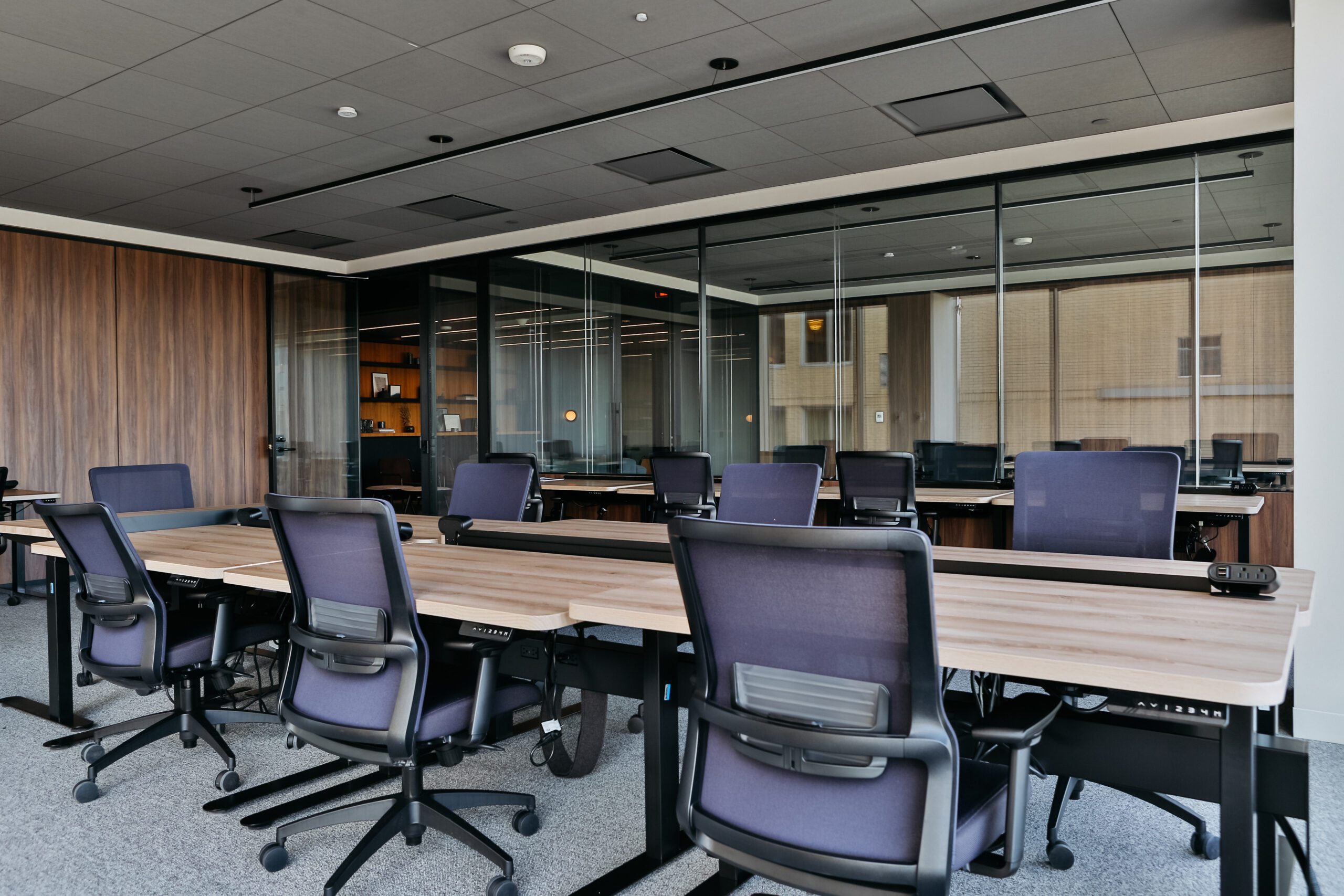
The way you work is changing—your office should keep up. Flexible workspaces give you the freedom to work on your terms, whether that means finding a quiet spot for deep focus, collaborating with your team, or adjusting your space as your business evolves. Here’s how this modern approach to the workplace helps you stay agile, productive, and stress-free.
1. Agility and Adaptability
Growth, downsizing, new projects—business needs shift constantly. Instead of being locked into a long-term lease, you can scale up or down as needed. Whether you’re expanding your team, testing a new market, or embracing hybrid work, a flexible office moves with you, not against you.
2. Productivity and Focus
Some days call for quiet concentration; others demand teamwork and energy. With access to various work settings—private offices, open lounges, and focus zones—you can choose the space that suits your task. No more distractions from rigid layouts or one-size-fits-all workstations.
3. Collaboration
Innovation thrives when ideas flow freely. Shared lounges, meeting rooms, and casual breakout spaces make it easy to connect with colleagues, spark creativity, and build strong team relationships. When collaboration is effortless, great work follows.
4. Well-Being
The right environment fuels your best work. Natural light, ergonomic seating, and thoughtfully designed spaces contribute to your physical and mental well-being. By choosing where and how you work, you create a setup that keeps you comfortable, engaged, and motivated.
5. Hassle-Free Workdays
Forget the headache of office management. Cleaning, maintenance, and utilities are handled for you, so there’s no need to worry about fixing the WiFi or restocking supplies. Just show up, get to work, and focus on what really matters.
6. Professional, High-Quality Spaces
First impressions count. Sleek interiors, modern furniture, and state-of-the-art technology ensure your workspace is always polished and professional. Whether you’re meeting clients or hosting a video call, you’ll always put your best foot forward.
7. Move In, Get to Work
Need space now? Unlike traditional offices that require weeks of setup, flexible workspaces are move-in ready. No long contracts, no waiting—just plug in and get started.
What Are the Differences Between Flexible Workspaces and Traditional Offices?
Traditional offices follow a fixed model. You sign a long lease, get assigned desks, and handle everything from utilities to office upkeep. Flexible workspaces flip the script.
- Lease Terms: Instead of a five- or ten-year commitment, you get month-to-month or short-term options. Scale up, scale down, or switch locations when needed.
- Workspace Variety: Assigned desks are replaced with open areas, private offices, and collaborative spaces—letting you work where you’re most productive.
- Included Amenities: Forget the hassle of managing WiFi, utilities, and cleaning. Flexible offices handle it all so you can focus on running your business.
The workplace should work for you, not the other way around. With flexibility built in, you get the freedom, convenience, and efficiency needed to thrive in a fast-changing world.
A flexible office space isn’t just a trend—it’s a smarter way to work. By offering adaptability, productivity-boosting environments, and built-in amenities, these spaces help businesses stay agile while giving employees the freedom to work how they perform best. Whether you need a space to collaborate, focus, or scale your business efficiently, flexibility is key.
At Launch Workplaces, we provide thoughtfully designed, move-in-ready office spaces that support your team’s evolving needs. With short-term agreements, high-quality workspaces, and all-inclusive amenities, we make it easy for you to work smarter. Book a tour of your local Launch Workplace today and experience the benefits of flexible office space firsthand.

